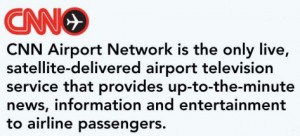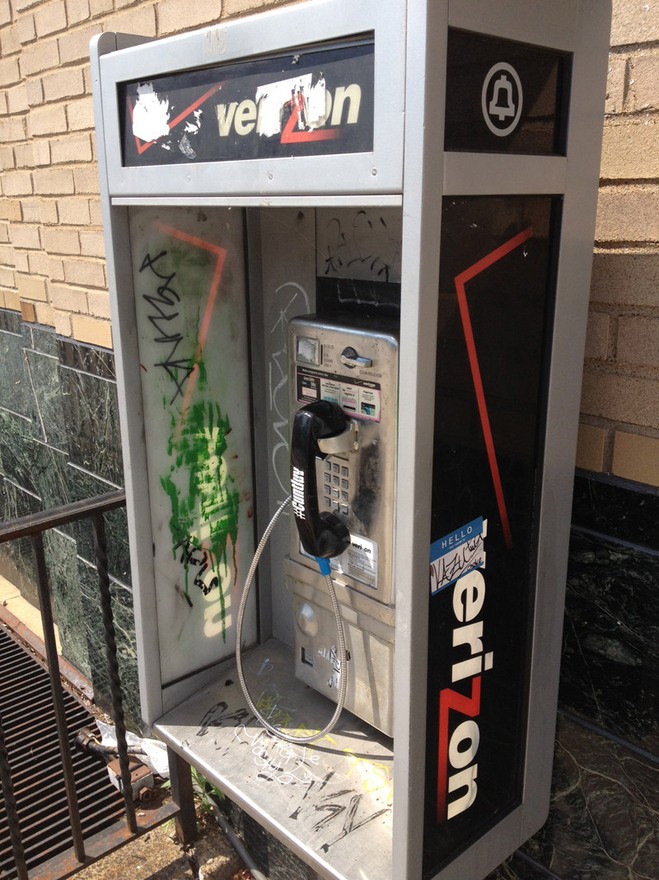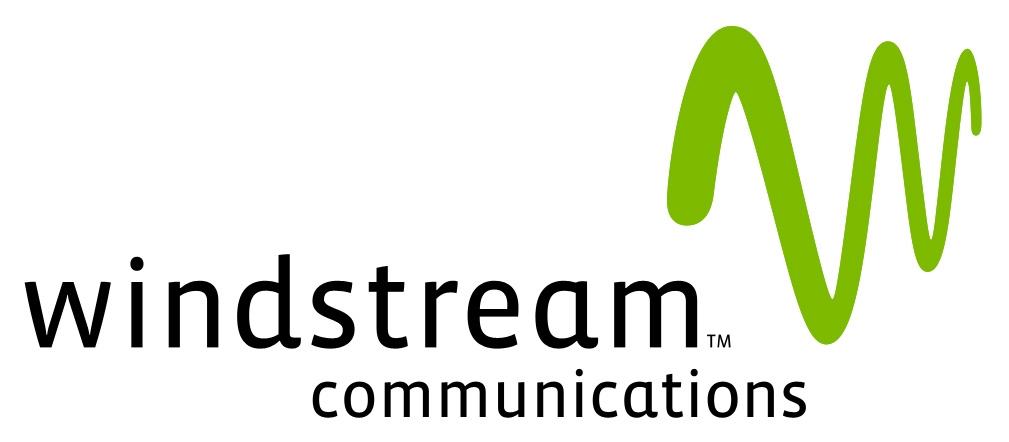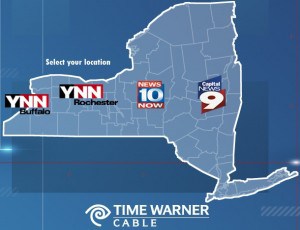 CNN faces another challenge to its declining brand as Clear Channel Outdoor Holdings prepares to launch a competing network, viewable only in airports.
CNN faces another challenge to its declining brand as Clear Channel Outdoor Holdings prepares to launch a competing network, viewable only in airports.
Since 1992, CNN has dominated airport televisions with its CNN Airport Network, a live channel showing a custom-programmed feed of CNN that assures it will never televise graphic video coverage of commercial air accidents or incidents to its viewers.
CNN makes its money selling advertising opportunities on the channel, which it claims is seen by nearly 248 million air passengers yearly in more than 40 airports for an average of 47 minutes each.
But much like CNN’s declining ratings, airport travelers have increasingly tuned out the channel, preferring to spend their waiting time with their own mobile devices. As the times have changed, Clear Channel has proposed that airport viewing change with it.
 The media conglomerate announced this week it is unveiling a new TV service for airports that will air programming from major television networks and cable channels. With more than 100 content deals signed thus far, ClearVision intends to give CNN a run for advertiser money.
The media conglomerate announced this week it is unveiling a new TV service for airports that will air programming from major television networks and cable channels. With more than 100 content deals signed thus far, ClearVision intends to give CNN a run for advertiser money.
Toby Sturek, Clear Channel’s head of airports, told Reuters the company is in discussions with about 20 mostly medium-sized airports to host the new service. ClearVision has already signed Raleigh-Durham International, where CNN Airport Network is not seen. ClearVision will launch in that North Carolina airport this November.
Sturek said airport owners want a variety of programming to show waiting passengers, and CNN no longer cuts it with advertisers, which he says have shown little interest in supporting CNN’s venture. Sturek says they simply do not see the value of advertising on the airport channel. Still, industry insiders estimate CNN Airport Network earns the Time Warner-owned news channel at least $10 million annually.
 ClearVision intends to challenge CNN’s dominance by giving viewers a greater range of programming, and starting next spring, its viewing monitors will also act as Wi-Fi hotspots, letting mobile devices connect and stream the same content for free to enhance a personal viewing experience. Because the service will be available over Wi-Fi, viewers will avoid eating away their monthly data allowance with wireless providers.
ClearVision intends to challenge CNN’s dominance by giving viewers a greater range of programming, and starting next spring, its viewing monitors will also act as Wi-Fi hotspots, letting mobile devices connect and stream the same content for free to enhance a personal viewing experience. Because the service will be available over Wi-Fi, viewers will avoid eating away their monthly data allowance with wireless providers.
Eventually, ClearVision intends to serve up multiple channels of video content. Sturek says that will allow one viewer to watch the latest business news headlines while another watches “America’s Got Talent.”



 Subscribe
Subscribe






